Many of our peskiest styling dilemmas can be boiled down to one simple question: What’s my face shape? Whether picking out the most flattering hairstyle, the cutest pair of sunglasses, or the most suitable makeup techniques, having a basic understanding of the dimensional shape of our faces can help guide us in the right direction. The seven basic face shapes are round, oval, square, rectangular, diamond, triangular, and heart.
Because we can only see ourselves via reflections and photos — and considering how our perceptions may be distorted or misinterpreted by our own minds — it can be difficult to accurately assign ourselves one of these shapes. Moreover, we’re human, and this concept isn’t one-size-fits-all. While some people can fit the description of their face shape category to a tee, it’s just as common to possess a unique combination of two different shapes.
So, to figure out your distinct face shape, grab a flexible measuring tape, a mirror, and a way to record your measurements.
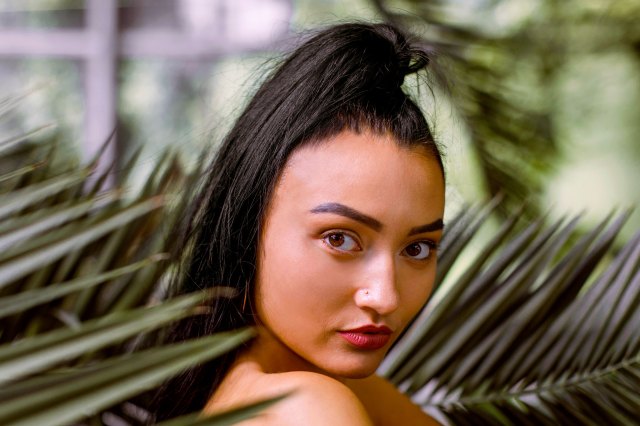
Measuring To Find Your Face Shape
Eyeballing your reflection is certainly one way to determine your face shape. But if you’re after the most accurate results, it’s best to use actual measurements. If using a tape measure, remember to hold it flat in front of your face as opposed to bending it around the shape of your head — except in the case of measuring your jaw width. You’ll need to jot down the following measurements.
- Face length: Measure from the center top of your hairline to the bottom edge of your chin.
- Forehead width: Measure from one corner of your hairline to the other.
- Cheekbone width: Measure from the highest point of one cheekbone to the other.
- Jawline width: Measure from the bottom of one ear to the center of your chin, holding the tape measure flush against your skin, and then multiply that measurement by two.
Once you have your numbers, it’s time to compare them against the common categories of face shapes.
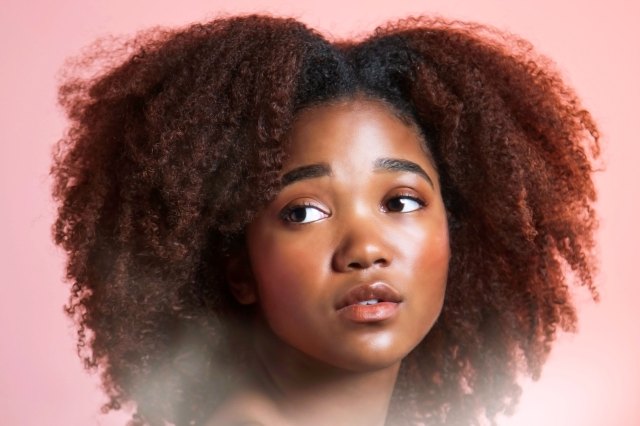
Round or Oval
Both round and oval face shapes will have similar facial dimension measurements. Forehead and jawline widths tend to be slightly narrower than cheekbone width, creating a gently tapered shape, while hairlines will often match the round or oval-shaped curve.
Where these shapes differ is in face length. Round face measurements will be similar or equal in length and width, whereas oval face shapes will be longer than they are wide.

Square or Rectangular
Like round and oval face shapes, square and rectangular shapes are two sides of the same coin. These face shapes feature similar measurements for the forehead, jawline, and cheekbone widths, though the latter may be slightly smaller. Square and rectangular faces also often have a distinctly angular appearance.
For square-shaped faces, the length of the face will closely match the widest part of the face. On the other hand, the length of a rectangular face will be greater than its width.
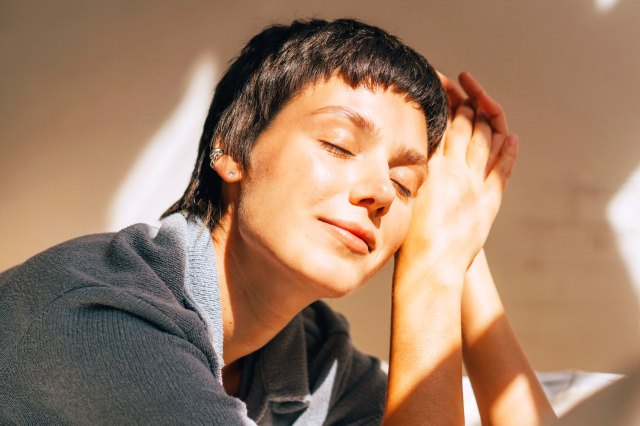
Diamond
On paper, diamond and oval face shape measurements can seem very similar. A diamond face length is slightly longer than its width, and the widest part of the face is from cheekbone to cheekbone. However, diamond-shaped faces have a tapered forehead that comes to a more angular point, along with a more narrow, tapered chin.
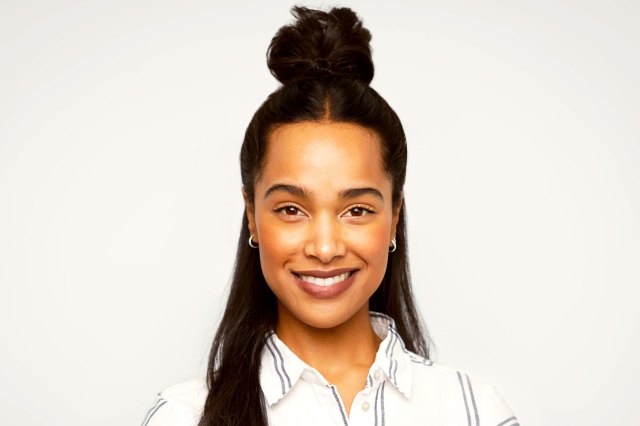
Triangular
A triangular face also has a narrow, tapered chin and a slightly wider forehead, similar to a diamond face. However, the unique feature that sets triangular faces apart is the cheekbone width, which will sit somewhere between the measurements of the forehead and chin.
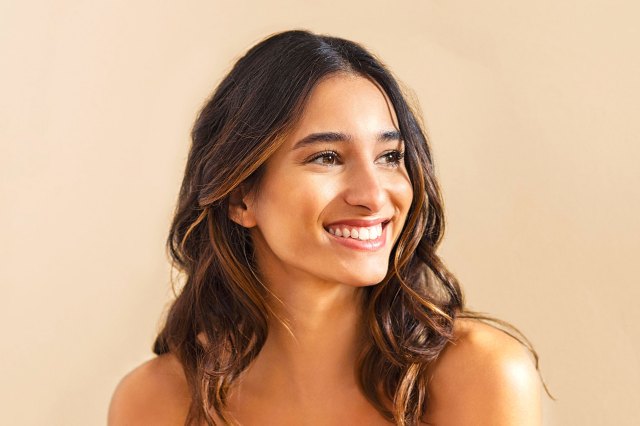
Heart
The hairline is often the distinguishing factor between heart- and diamond-shaped faces. A heart face is widest at the cheekbones and narrowest at the chin, with the forehead situated somewhere in the middle. Widow’s peak hairlines often complete the silhouette of a heart that gives this face shape its unique appearance.
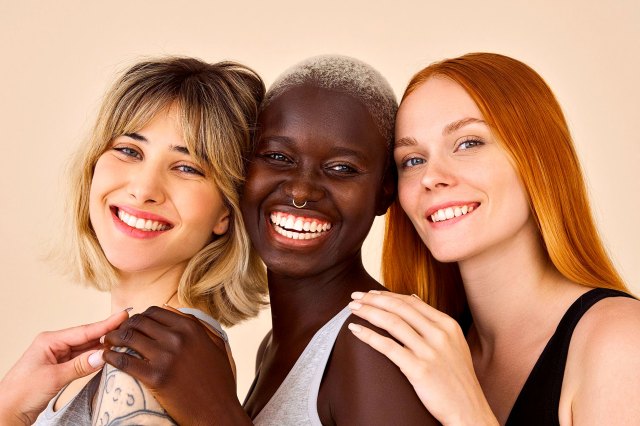
Why Knowing Your Face Shape Can Be Helpful
There are no hard and fast rules for which looks you should or shouldn’t go for based on your face shape. Makeup and style are inherently subjective, so if something makes you feel good, then by all means, lean into that. But if you’re seeking out a specific eye look, contouring technique, or color palette, knowing the dimensional layout of your face can help you sort out what to emphasize.
Face shapes can also help determine which hairstyles will best highlight your natural beauty — think bangs, length, layers, etc. Your shape can even be helpful to know when you’re trying to find sunglasses that don’t look comically big or small on your face.
Whether your face is round, triangular, diamond, or somewhere in between, the most important thing to keep in mind is that no one face shape is better or more attractive than any other. As with any other body measurement, face shapes are useful insofar as they can help us style ourselves from head to toe in a way that makes us feel strong, beautiful, and confident.
This article is for general informational purposes only.
Affiliate Disclaimer Medical Disclaimer



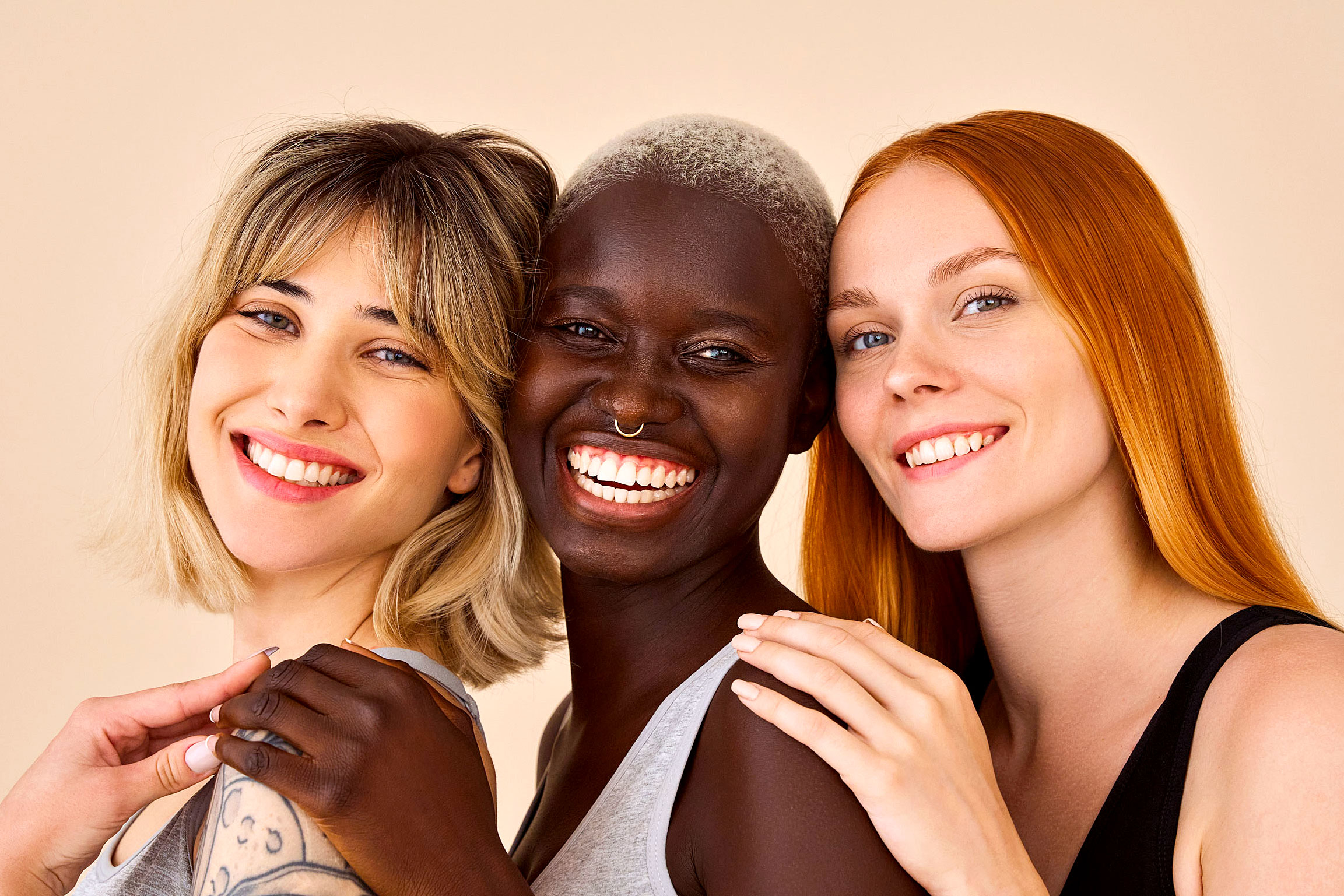
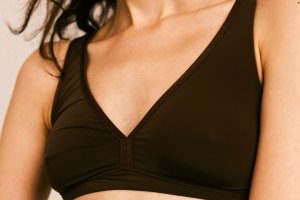

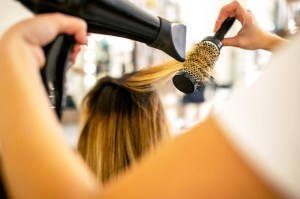


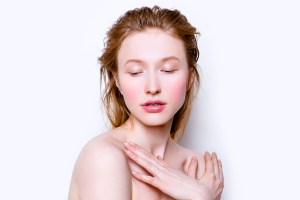


 Unique Beauty is free for all users.
Unique Beauty is free for all users.